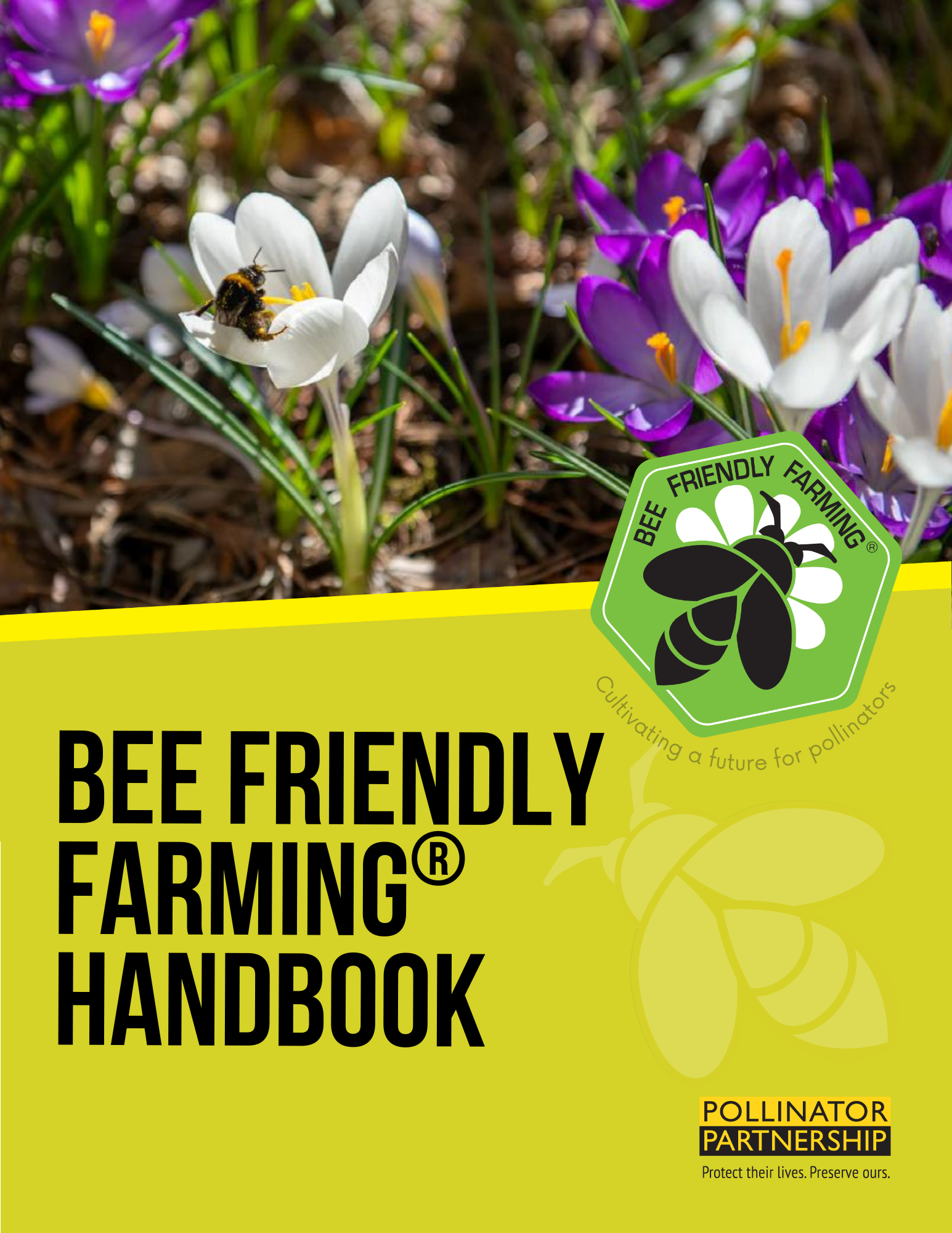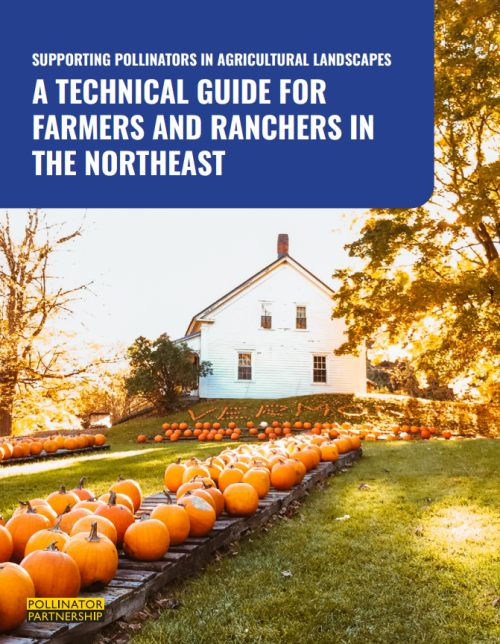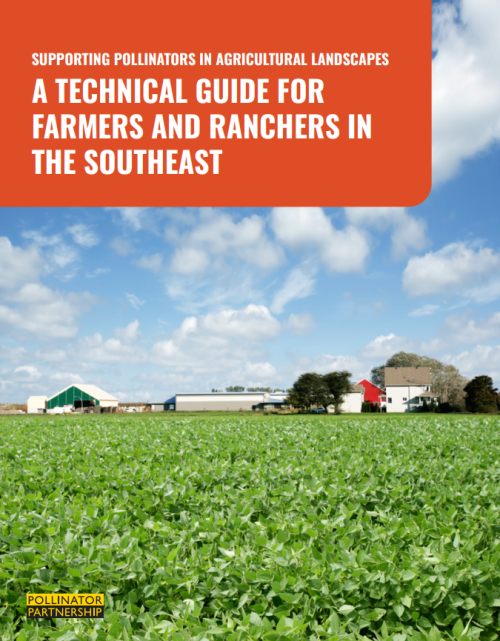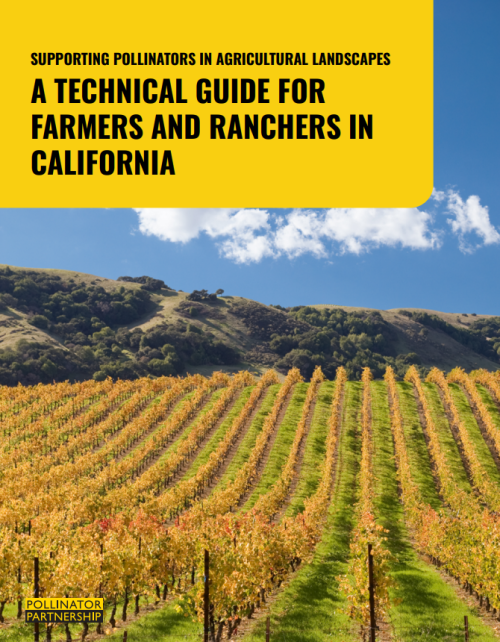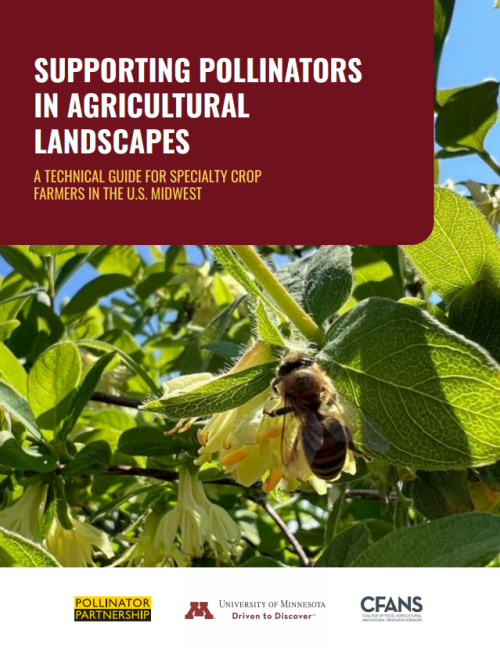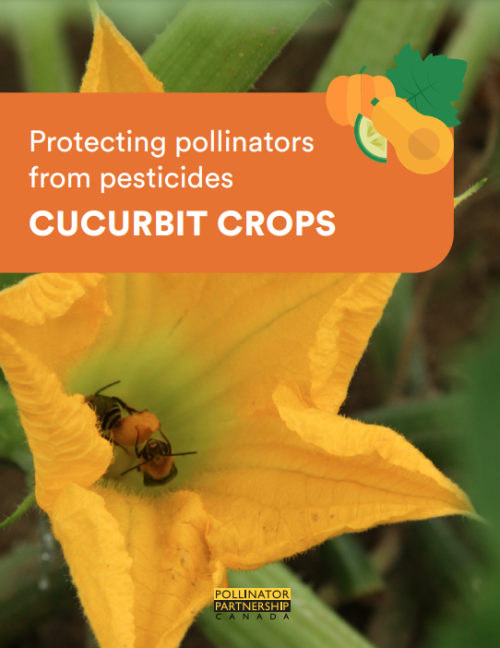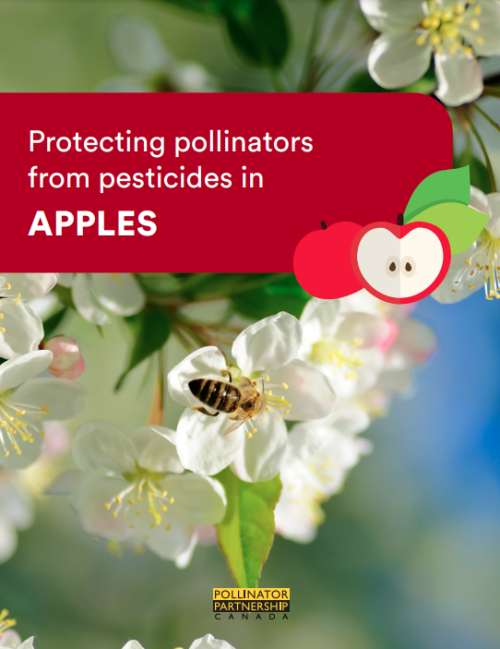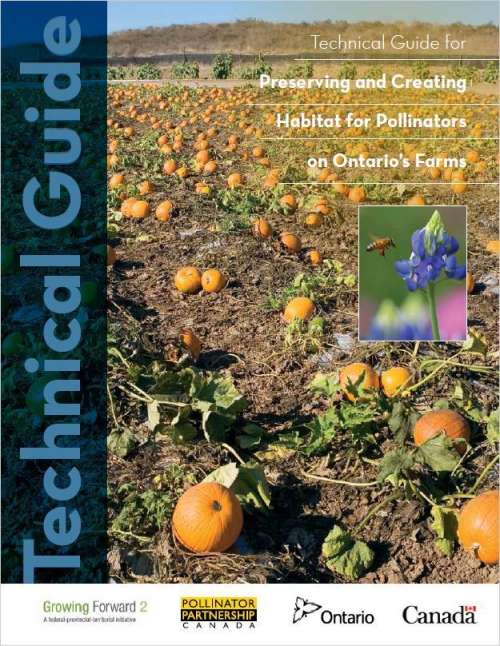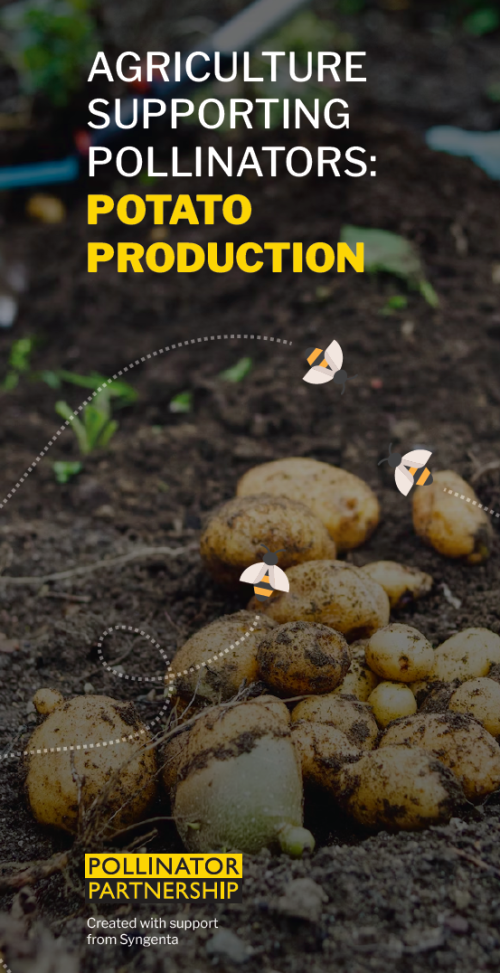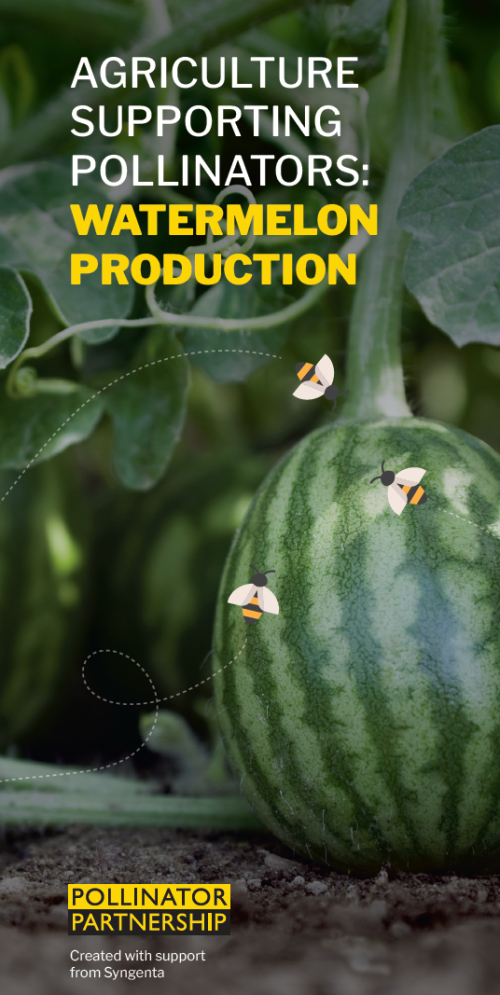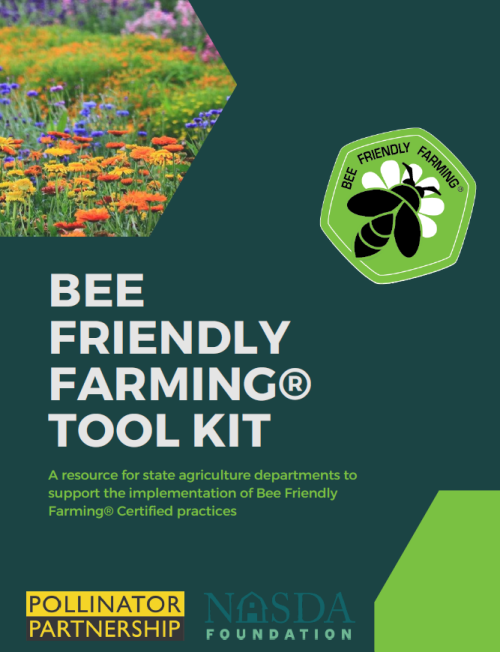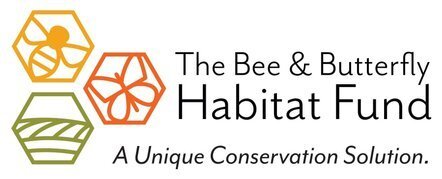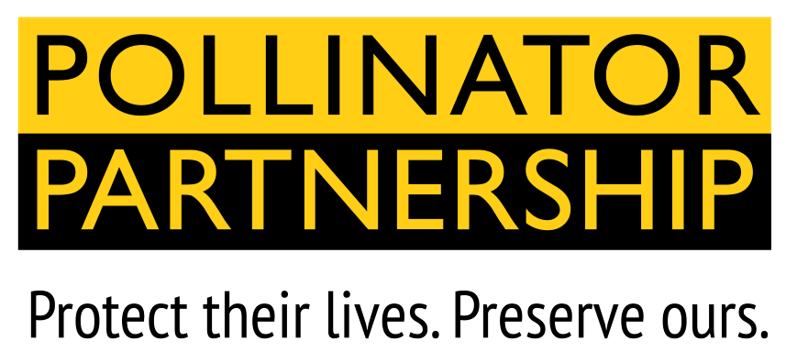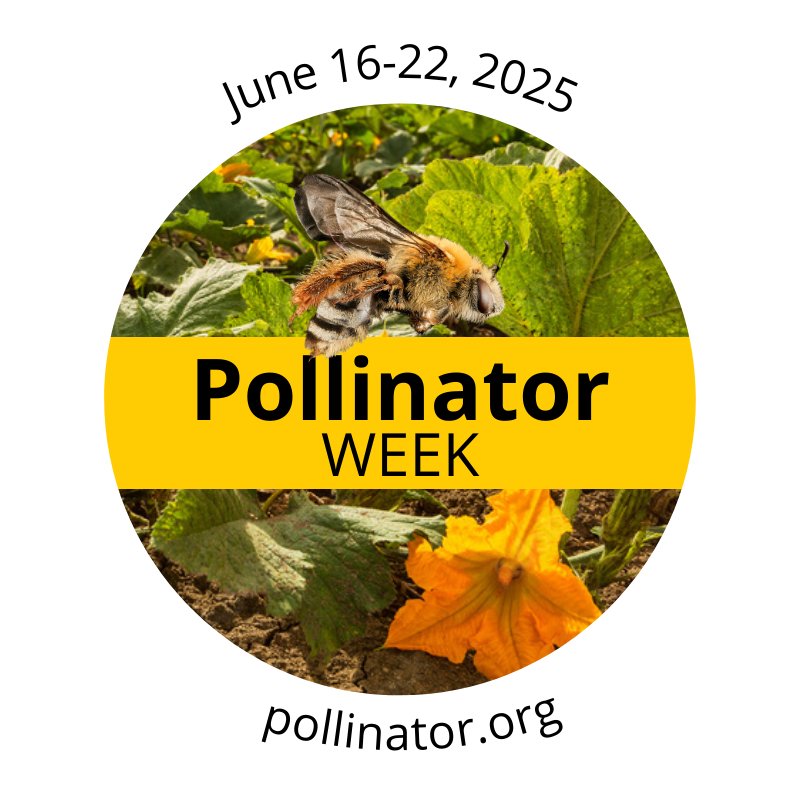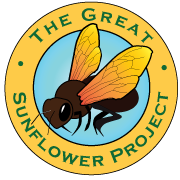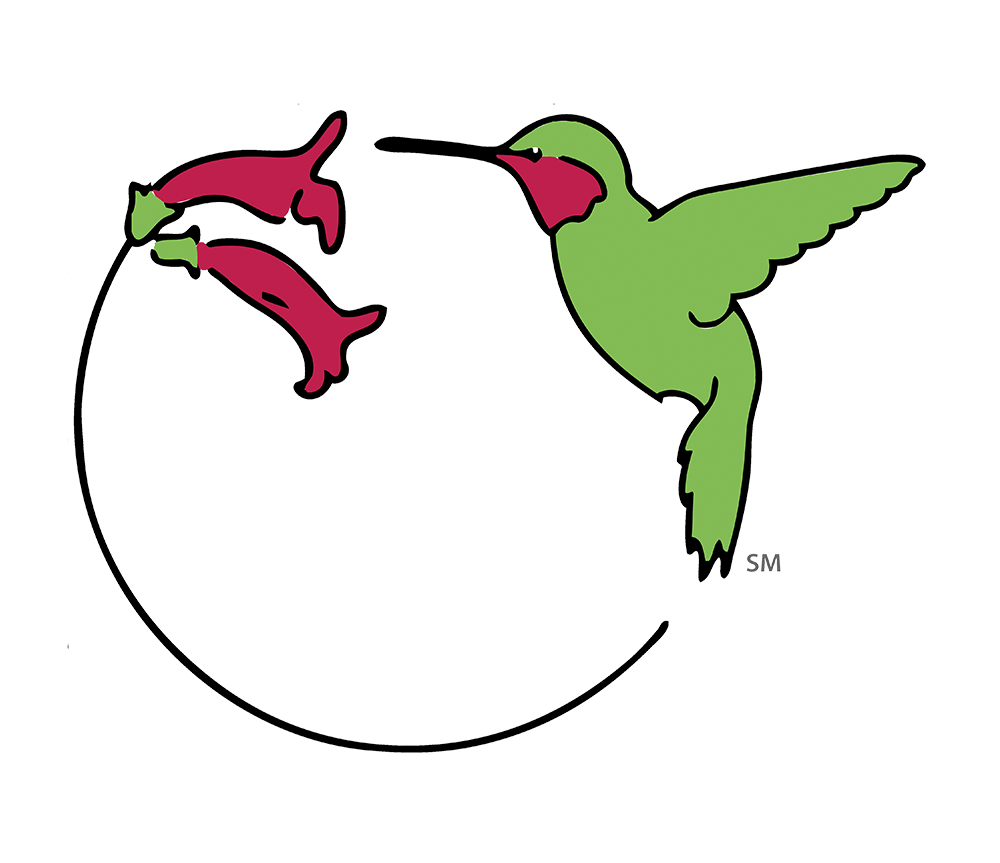Bee Friendly Farming Resources
The Bee Friendly Farming (BFF) Program recognizes, engages, and supports BFF participants and pollinators everywhere. Check out the resources below to learn more about pollinators and how to improve pollinator health on agricultural lands.
Bee Friendly Farming HandbookAgricultural Technical Guides
Click on the guides below to download!
Integrated Pest Management (IPM) Templates
Resources for State Departments of Agriculture
Click on the toolkit below to download!
Planting Seeds for Pollinators
About Pollinators
Links to general information about pollinators provided by various organizations and government agencies.
Pollinator Friendly Practices
Guidebooks with more in depth information
- Pollinator Friendly Practices (Pollinator Partnership)
- Guidelines For Providing Native Bee Habitat on Farms (Xerces Society)
- Enhancing Nest Sites for Native Bees (USDA National Agroforestry Center)
Information about specific practices (listed in alphabetical order)
Beekeeping
- Alberta Beekeepers
- American Beekeeping Federation
- American Honey Producers
- BC Beekeepers
- Canadian Honey Council
- Canadian Association of Professional Apiarists
- Beekeeping resources (Pollinator Partnership)
- Féderation des Apiculteurs du Québec
- Honey Bee Colony Collapse Disorder Progress Report (USDA 2010)
- International Pollination Systems
- Manitoba Beekeepers
- New Brunswick Beekeepers
- Ontario Beekeepers
- Saskatchewan Beekeepers
Native planting guides
- Ecoregional Planting Guides (Pollinator Partnership)
Orchard management
- How to Manage the Blue Orchard Bee as an Orchard Pollinator (Sustainable Agriculture Research & Education)
- Wild Pollinators of Eastern Apple Orchards (Cornell University, Penn State University, and Xerces Society)
Pesticides
- Protecting Pollinators: Why and How Pesticide Applicators Can Help Them (NAPPC)
- Reading Pesticide Labels (NAPPC)
- Protecting Pollinators from Pesticides (University of Georgia)
Prescribed fire
- Prescribed Burning (Michigan Department of Natural Resources)
Peer-Reviewed Literature
The Bee Friendly Farming Program requires its members to meet five criteria:
- Offer forage providing good nutrition for bees on at least 3% of land. Forage can be temporary, including cover crops.
- Provide bloom of different flowering plants throughout the growing season, especially in early spring and late autumn. There is no minimum land coverage for seasonal bloom.
- Offer clean water for bees if managed pollinators are brought onto the property at any time during the growing season and if not inhibited by government mandated water restrictions. *
- Provide permanent habitat for nesting through features such as hedgerows, natural brush, buffer strips, or bare ground.
- Practice Integrated Pest Management (IPM); reduce or eliminate the use of chemicals.
*Growing season is defined as the period during which plant growth occurs and is not defined in terms of crop cycles or production. This spans early spring to late fall.
This criteria are grounded in the best available scientific research on the importance of pollinators and their habitats within agricultural landscapes. The following peer-reviewed publications provide evidence and context supporting these science-based standards:
Download BFF Criteria Citations